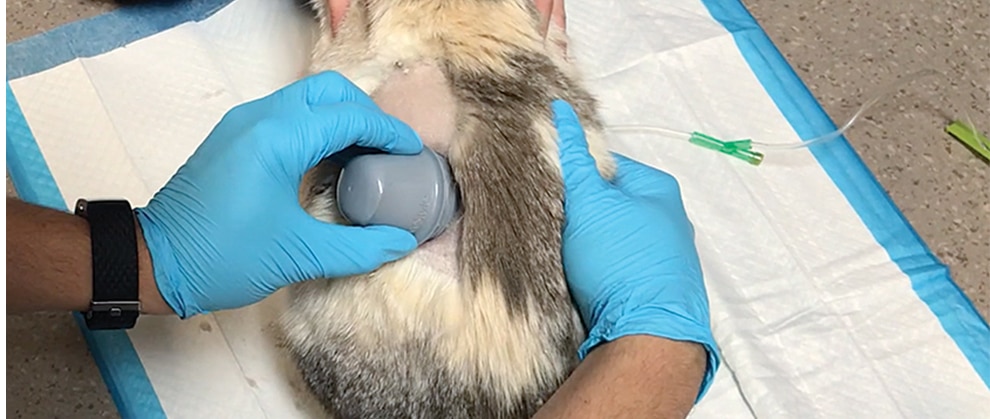Diabetes is one of the most common endocrine diseases affecting pets, especially dogs and cats. Maintaining healthy blood glucose, or blood sugar, levels is crucial for the overall well-being of diabetic pets.
What is Blood Glucose?
Blood glucose, also known as blood sugar, refers to the main sugar circulating in the bloodstream that comes from digestion. Glucose is the primary source of energy for cells and tissues, and proper regulation of blood glucose levels is essential. Insulin, a hormone produced by the pancreas, helps regulate blood glucose levels by facilitating the movement of glucose from the bloodstream into cells.
Normal Blood Glucose Ranges
The normal range for Veterinary Blood Glucose levels varies slightly between species and laboratory methods but is typically:
– Dogs: 80-130 mg/dL (milligrams per deciliter)
– Cats: 75-135 mg/dL
It’s important to note that there can be fluctuations throughout the day, with levels usually lowest in the morning and highest one to two hours after eating.
Causes of High Blood Glucose (Hyperglycemia)
The main cause of high blood glucose or hyperglycemia in pets is diabetes mellitus. Diabetes occurs when the pancreas does not produce enough insulin or the body does not respond properly to insulin. Lack of insulin means glucose cannot enter cells, causing blood levels to rise. Other potential causes of hyperglycemia include:
– Cushing’s disease
– Hyperadrenocorticism
– Pancreatitis
– Medications (glucocorticoids)
– Stress
– Obesity
Symptoms of Hyperglycemia
Common signs of hyperglycemia in diabetic pets include increased thirst, urination, and appetite. Owners may also notice weight loss despite a ravenous appetite. Untreated diabetes can lead to lethargy, vision problems, and other issues over time. Blood testing is required for an official diagnosis.
Causes of Low Blood Glucose (Hypoglycemia)
Hypoglycemia, or low blood glucose, is less common in dogs and cats than hyperglycemia. Potential causes include:
– Insulinoma (pancreatic tumor causing excess insulin secretion)
– Liver disease
– Sepsis
– Medications (excess insulin, sulfonylureas)
– Malnutrition
Symptoms of Hypoglycemia
Signs of hypoglycemia may include seizures, depression, trembling, pale gums, and weakness due to inadequate energy from low glucose levels. Severe cases can result in loss of consciousness or death if not promptly treated.
Veterinary Diagnosis and Treatment
If a veterinarian suspects a blood glucose abnormality based on symptoms and history, a fasting blood glucose test will confirm. The veterinarian may also perform other bloodwork, urinalysis, imaging, or exploratory surgery as part of diagnosis and treatment planning.
For hyperglycemia, treatment focuses on managing diabetes through insulin injections, a prescription diabetic diet, exercise, weight control, and monitoring. Hypoglycemia is treated by providing supplemental oral glucose or injectable glucose solutions, addressing any underlying causes, and monitoring recovery.
*Note:
1. Source: Coherent Market Insights, Public sources, Desk research
2. We have leveraged AI tools to mine information and compile it

